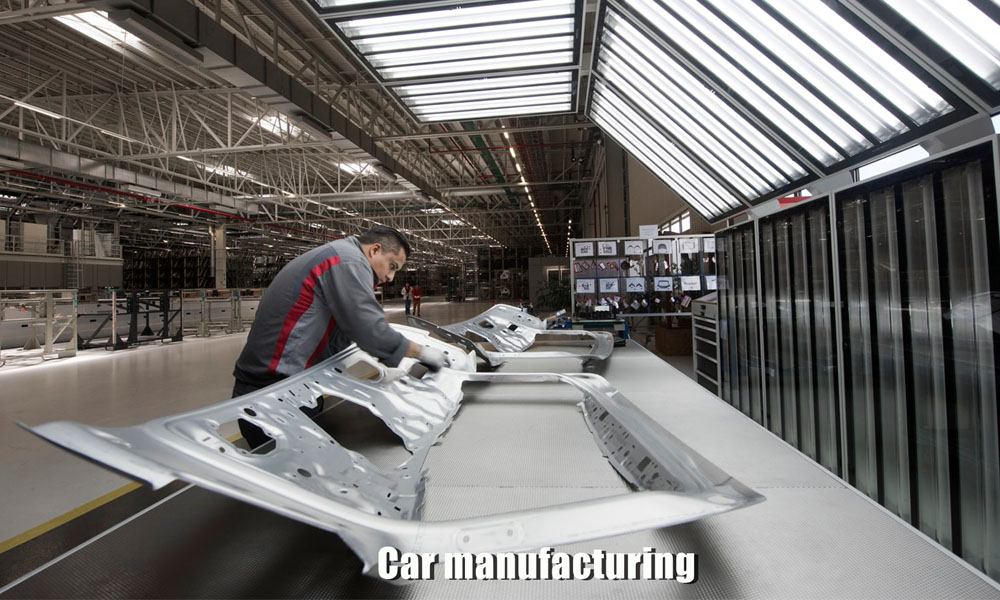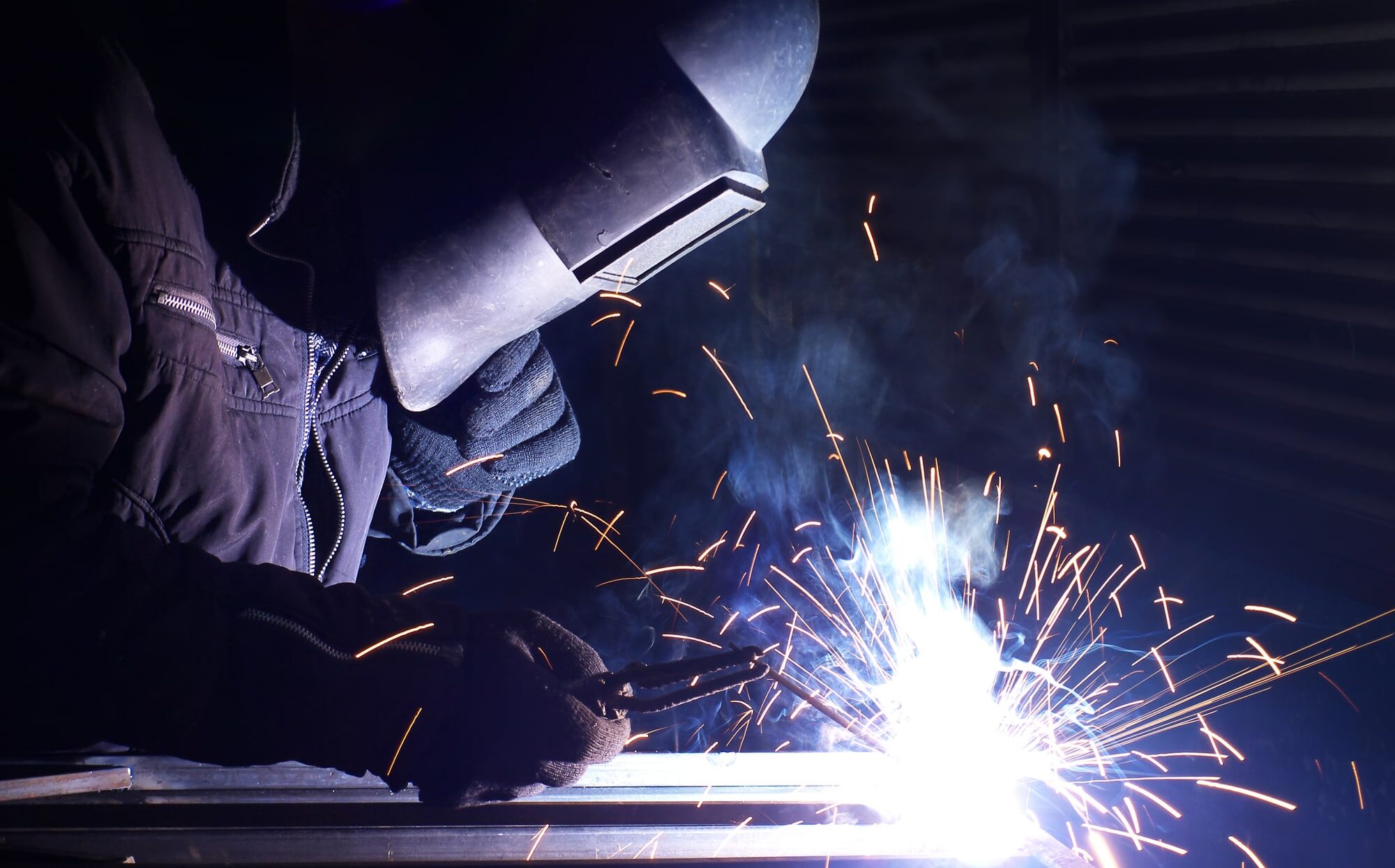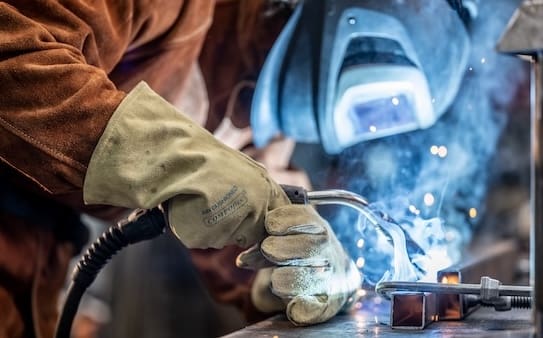Typical Welding Repair Issues and How to Address Them Effectively
Welding repair work commonly experience a series of concerns that can threaten the stability of the last product. Typical problems include insufficient infiltration, porosity, and imbalance, amongst others. Each flaw presents special challenges that need details strategies for resolution. Understanding these concerns is crucial for welders aiming to boost their abilities and end results. This discussion will explore these usual welding fixing concerns and reliable methods to resolve them.
Inadequate Infiltration
Poor infiltration takes place when the weld metal falls short to totally fuse with the base material, causing weak joints and prospective architectural failings. This concern commonly originates from not enough warm input, wrong electrode angle, or inappropriate welding speed. Welders may come across inadequate penetration because of a mistake of the needed criteria for a specific material thickness or type. In addition, contamination on the base product's surface area can prevent efficient bonding, exacerbating the problem. To resolve inadequate infiltration, welders need to assure ideal settings on their devices and keep a tidy job surface area. Regular assessment of welds is recommended to determine any kind of shortages early, permitting prompt adjustments and the avoidance of compromised structural stability in bonded assemblies.
Porosity
Porosity is an usual issue in bonded joints that materializes as little gas bubbles trapped within the weld metal. This problem can compromise the honesty of the weld, bring about decreased strength and potential failure under tension. Montana Mobile Welding and Repair Belgrade Fabrication. Porosity generally arises from contamination, moisture, or incorrect welding techniques, which allow gases to leave into the molten weld swimming pool. To deal with porosity, welders need to assure appropriate surface preparation, keep a tidy workplace, and use suitable welding parameters. Furthermore, choosing the right filler material and protecting gas can alleviate gas entrapment. Normal examination and screening of welds can aid recognize porosity early, assuring timely restorative actions are taken, thereby preserving the quality and dependability of the welded structure
Misalignment
Imbalance in welding can occur from various variables, consisting of improper arrangement and thermal growth. Comprehending the origin triggers is crucial for reliable resolution. Several adjustment strategies are available to realign components and assure architectural stability.
Causes of Misalignment
Welding imbalance often comes from a selection of underlying problems that can jeopardize architectural honesty. One main reason is incorrect fit-up of parts prior to welding, which can cause gaps and unequal surface areas. Variants in thermal development throughout the welding process can additionally result in distortion, specifically if the materials being signed up with have different coefficients of development. Furthermore, poor fixturing and clamping may fall short to hold elements securely in place, resulting in motion during welding. Badly maintained devices, consisting of welding devices and devices, may present disparities in the weld grain, further contributing to imbalance. Operator mistake, stemming from not enough training or experience, can also play a significant duty in creating misaligned welds.

Correction Methods Offered
Resolving misalignment effectively requires a combination of rehabilitative strategies customized to the particular concerns at hand. One common method is making use of jigs or fixtures to hold elements in the proper placement throughout welding, ensuring constant alignment. In addition, pre-heating the materials can aid reduce distortion and improve fit-up. For considerable imbalance, mechanical adjustment methods, such as making use of hydraulic jacks or clamps, can be utilized to correct the position before welding. Post-weld warm treatment might additionally be needed to ease stresses brought on by imbalance. Finally, careful inspection and modification during the arrangement stage can avoid misalignment issues from becoming significant problems, advertising a smoother welding procedure and boosting total structural integrity.
Distortion
Distortion is a common obstacle in welding that can emerge from numerous elements, including unequal heating and cooling. Recognizing the root causes of distortion is necessary for applying effective prevention strategies. Addressing this issue not only enhances structural honesty but also enhances the overall high quality of the weld.
Reasons for Distortion
When based on the intense heat of welding, products frequently undergo changes that can result in distortion. This phenomenon primarily develops from thermal expansion and tightening during the welding procedure. As the weld area heats up, the material broadens; upon cooling, it acquires, which can develop internal anxieties. Additionally, unequal heating throughout a workpiece can exacerbate these stresses, leading to warping or flexing. The kind of product additionally plays a considerable role; steels with differing thermal conductivity and coefficients of growth may respond in a different way, bring about unforeseeable distortions. Additionally, bad joint layout and inadequate fixturing can add to imbalance throughout welding, boosting the likelihood of distortion. Recognizing these reasons is essential for effective welding repair and avoidance strategies.
Prevention Techniques
Efficient prevention strategies for distortion throughout welding focus on controlling warmth input and guaranteeing appropriate joint style. Preserving a constant heat input assists to reduce thermal growth and contraction, which can result in distortion. Using methods such as pre-heating the workpiece can also minimize the temperature level slope, advertising uniform home heating. Additionally, selecting appropriate joint layouts, such as T-joints or lap joints, can boost stability and reduce stress focus. Carrying out correct fixturing to protect the workpieces in position better aids in keeping positioning throughout the welding procedure. Staggered welding sequences can disperse warmth a lot more equally, preventing local distortion. By using these approaches, welders can substantially reduce the chance of distortion and boost the overall top quality of their welds.
Breaking
Cracking is a common issue encountered in welding fixings, frequently resulting from numerous elements such as improper cooling prices, material selection, or insufficient joint prep work. The incident of cracks can considerably endanger the stability of the weld, leading to possible failings throughout procedure. To resolve this problem, welders should initially evaluate the source, guaranteeing that products are compatible and properly chosen for the particular application. Furthermore, controlling the air conditioning rate during the welding procedure is crucial; rapid cooling can generate tension and lead to splitting. Appropriate joint layout and prep work also add to decreasing the risk. Executing these strategies can boost weld quality and toughness, eventually decreasing the likelihood of breaking in completed weldments.

Incomplete Blend
A considerable issue in welding fixings is incomplete combination, which occurs when the weld metal does not adequately bond with the base product or previous weld passes - Montana Mobile Welding and Repair. This defect can lead to weaknesses in the joint, possibly jeopardizing the honesty of the bonded framework. my review here Factors adding to insufficient combination include insufficient warmth input, incorrect welding technique, and contamination of the surfaces being joined. To resolve this issue effectively, welders should ensure correct pre-weld cleaning and surface area preparation, along with readjust their welding criteria to attain sufficient penetration and blend. Regular examination during the welding process can likewise assist determine insufficient blend early, enabling timely rehabilitative measures to boost the general top quality of the weld
Overheating
While welding repair work can enhance structural stability, overheating provides a considerable look what i found obstacle that can bring about product degradation. Extreme warm during welding can modify the mechanical buildings of metals, resulting in reduced toughness, increased brittleness, and warping. This phenomenon is especially important in high-stress applications where architectural integrity is vital. Determining getting too hot can entail aesthetic inspections for discoloration or distortion, in addition to checking temperature during the welding process. To alleviate the threats associated with getting too hot, welders need to use proper techniques, such as regulating heat input, changing travel speed, and making use of appropriate filler products. Furthermore, applying pre- and post-weld warm therapies can assist restore product residential or commercial properties and enhance the overall top quality of the repair, ensuring long-term efficiency and security.
Frequently Asked Concerns
What Are the Usual Signs of a Welding Defect?

Exactly How Can I Check My Welds for Quality?
To test welds for quality, one can utilize visual assessments, ultrasonic screening, and radiographic approaches. Each strategy assures structural stability, determines defects, and verifies adherence to defined requirements, ultimately boosting the integrity of the welded joints.
What Safety Precautions Should I Take While Welding?
When welding, one must focus on safety and security by using ideal individual safety devices, ensuring proper air flow, protecting flammable materials away, preserving a clean work space, and knowing surroundings to stop injuries and accidents.
Can I Fix a Weld Without Redesigning the Entire Joint?
Fixing a weld without redesigning the entire joint is possible, depending upon the damages (Belgrade Welding). Techniques such as grinding, including filler material, or using a welding procedure can efficiently deal with details problems while preserving the bordering framework
What Devices Are Crucial for Reliable Welding Repair Works?
Important devices for reliable welding repairs consist of a welding equipment, cord brush, mill, safety equipment, clamps, and filler products. Each tool plays an important function in making sure quality and safety and security throughout the repair procedure. Porosity usually emerges from contamination, wetness, or improper welding techniques, which permit gases to get away right into the liquified weld pool. Badly kept tools, including welding equipments and devices, might introduce disparities in the weld grain, further contributing to imbalance. When subjected to the extreme warmth of welding, products frequently undertake adjustments that can lead to distortion. Fracturing is a common problem run into in welding fixings, often resulting from numerous aspects such as improper cooling rates, material option, or inadequate joint prep work. A substantial concern in welding fixings is incomplete fusion, which takes place when the weld cigweld 185 steel does not appropriately bond with the base product or previous weld passes.